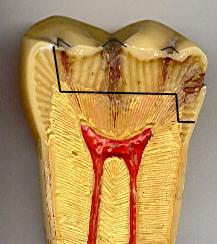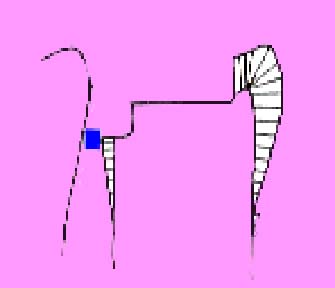
Proximal walls are extended for prevention toward the gingival, buccal, and lingual to evenly clear the adjacent tooth surface. Like the pulpal wall, the gingival wall is prepared parallel to the occlusal plane. With normal tooth alignment, this results in the proximal wall of the functional cusp forming an acute angle with the gingival wall while the proximal wall of the non-functional cusp forming a right angle with the gingival wall.
Therefore, the lingual wall of maxillary teeth and buccal wall of mandibular teeth form an acute angle with their respective gingival walls. The other two walls form right angles with the gingival walls.



